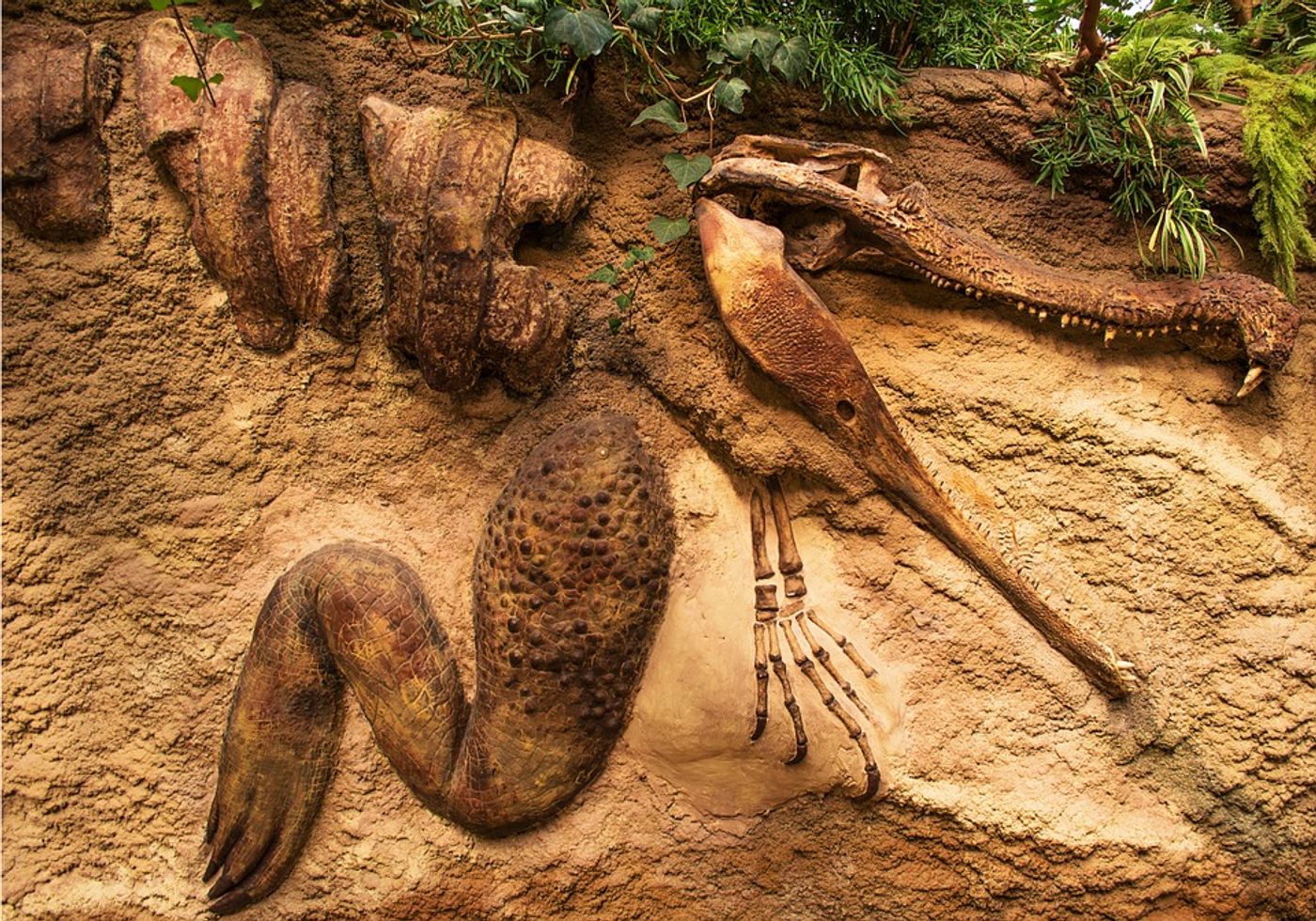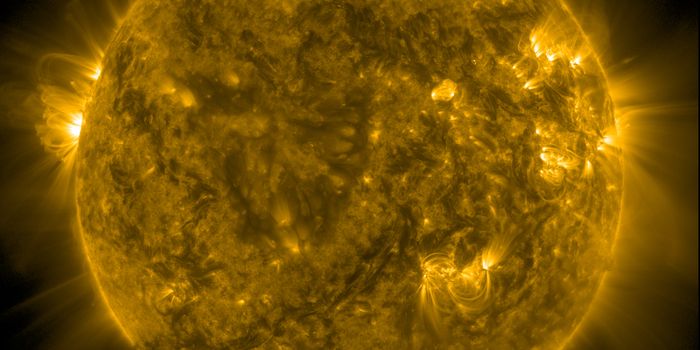How did land animals get from South America to the Antilles?
A study to be published soon in the June 2021 issue in Earth-Science Reviews will explain a new theory of how the fossils of land animals from South America ended up in the Antilles. While a previous theory about that several hundred-kilometer migration across the Caribbean Sea involved natural rafts, scientists from the CNRS, l'Université des Antilles, l'Université de Montpellier and d'Université Côte d'Azur now point toward the presence of submerged land bridges.
The research team, composed of geologists, palaeontologists and geophysicists, has reconstructed the geography of the northern Lesser Antilles over the last 40 million years. They show how over time archipelagos and islands were present due to the shifting tectonic plates between the Lesser Antilles, the Greater Antilles and the underwater Aves Ridge.
The presence of once above-water, now below-water land features explains why fossils of mammals and amphibians found in the Antilles have their closest relatives in South America. The submergence of archipelagos and islands aligns with the sea level decreases and increases observed during glacial-interglacial cycles.
The research team is interested in continuing their construction of the geography between South America and the Caribbean. Their future models aim to map between Guadeloupe and South America.
Sources: Earth-Science Reviews, Science Daily









